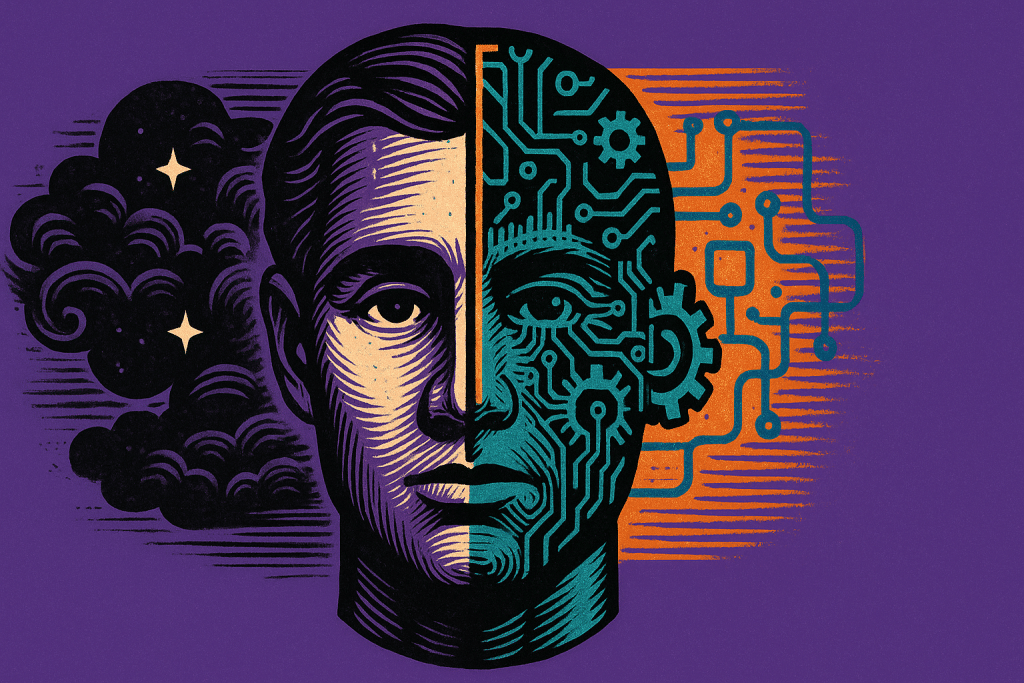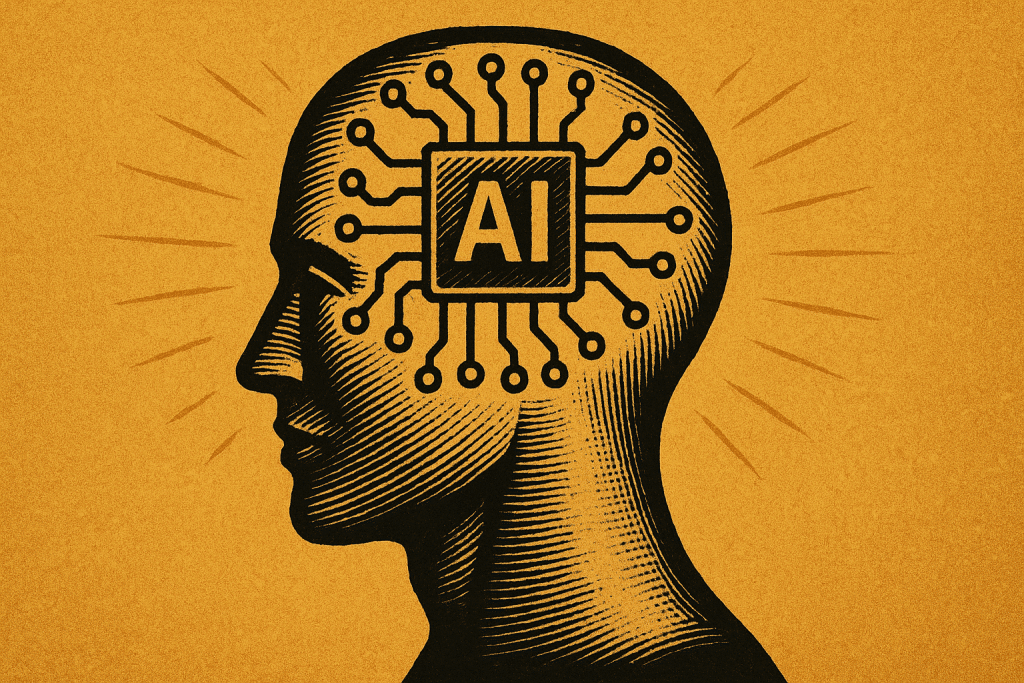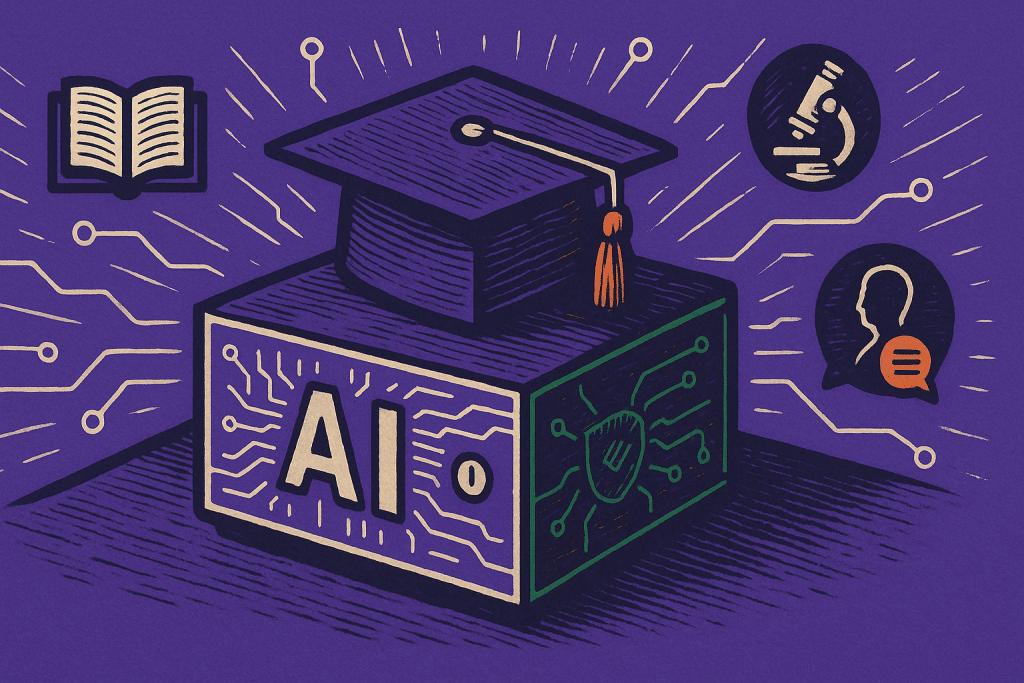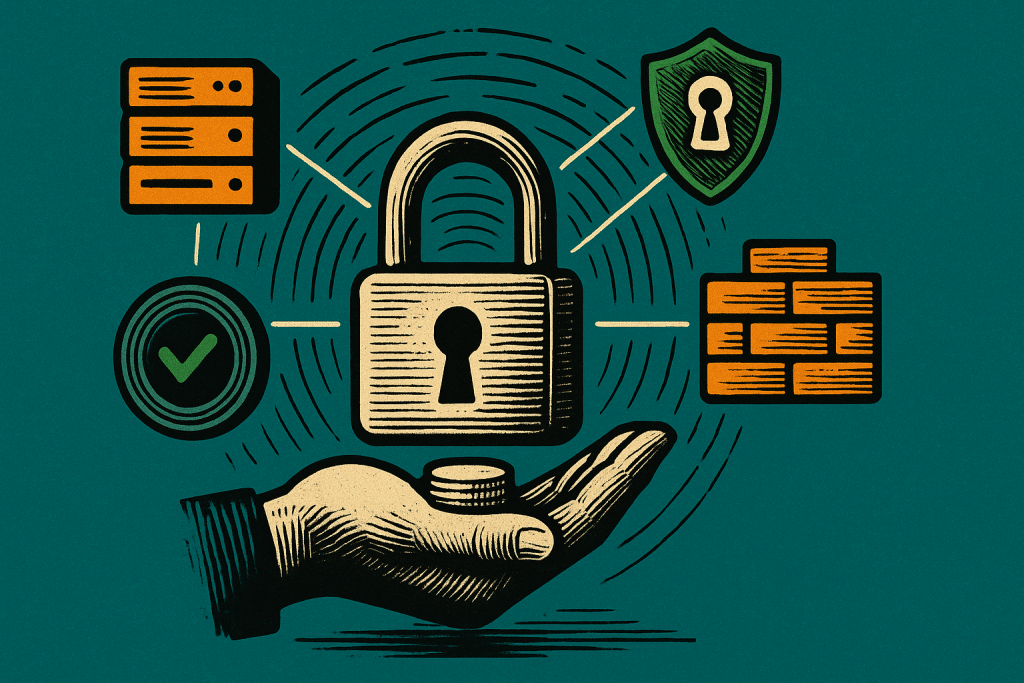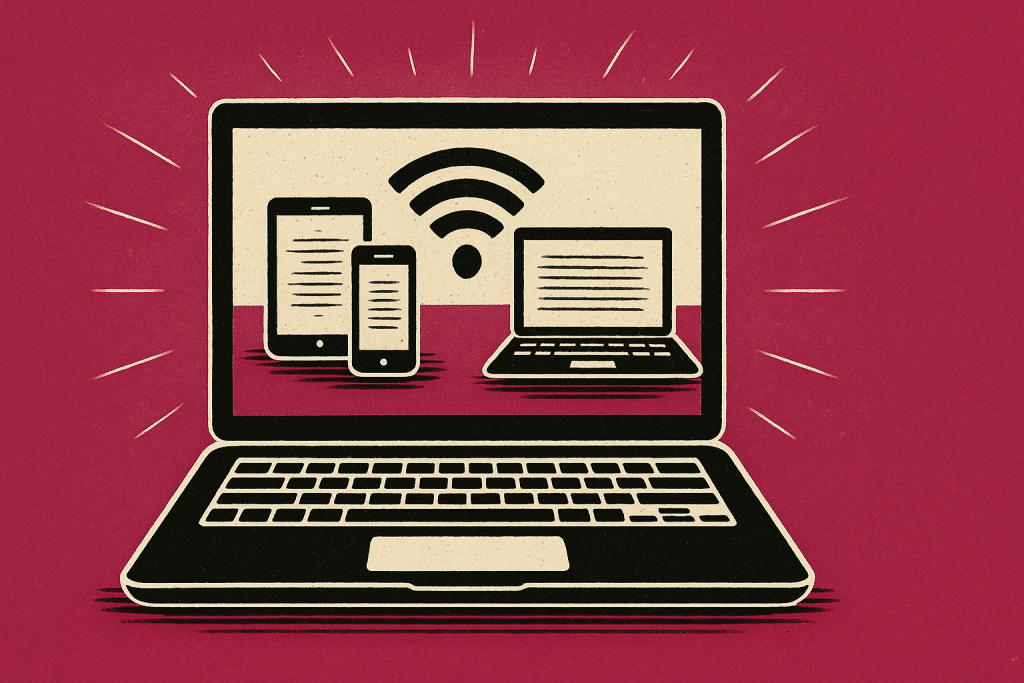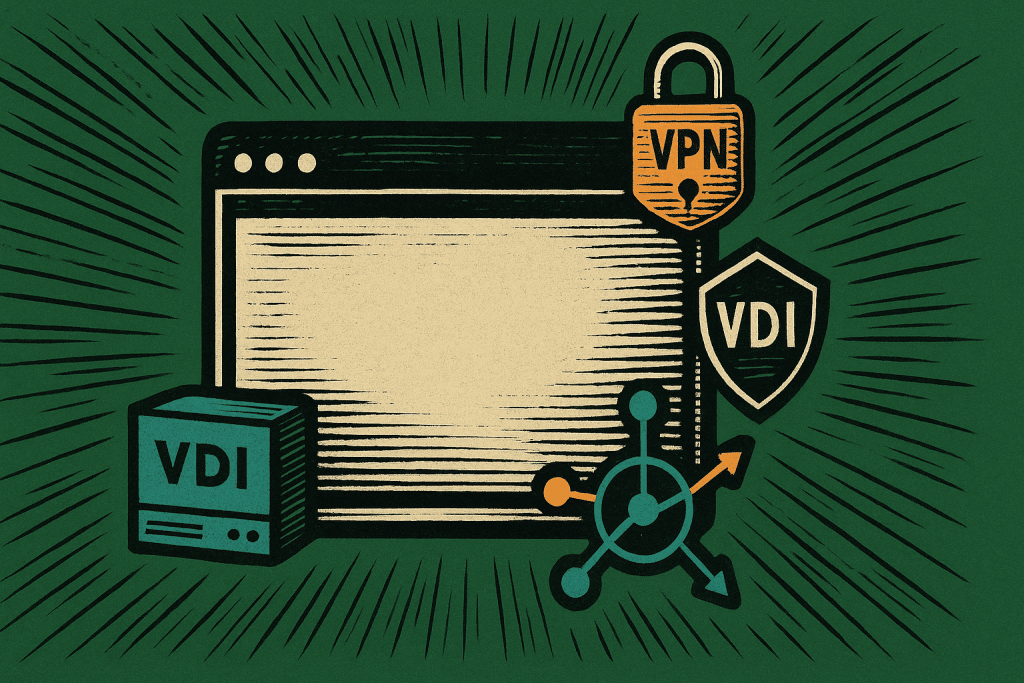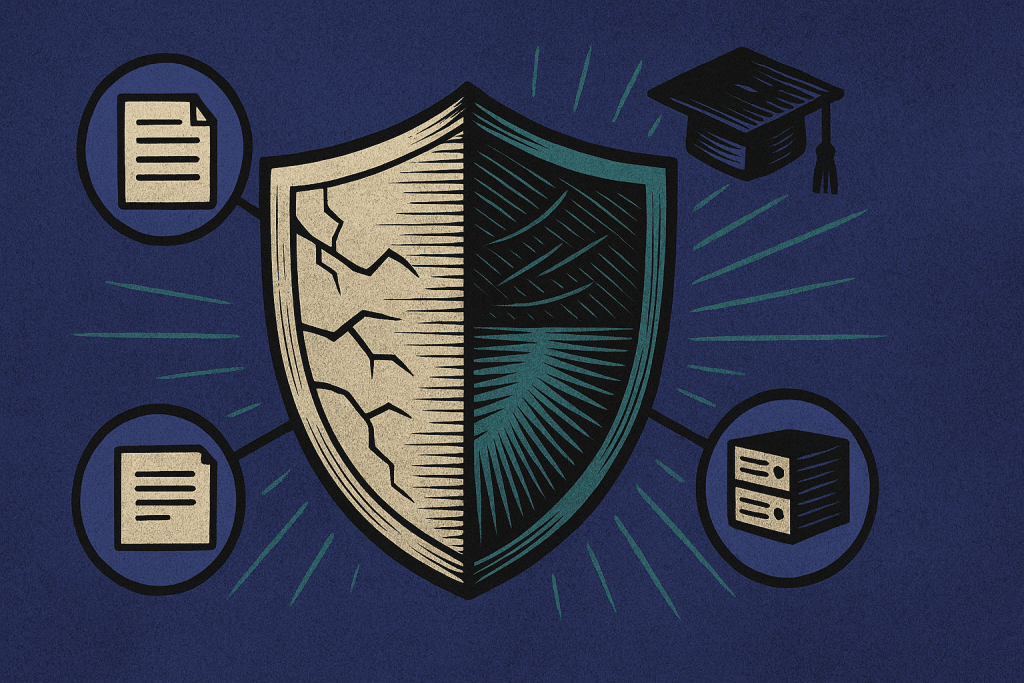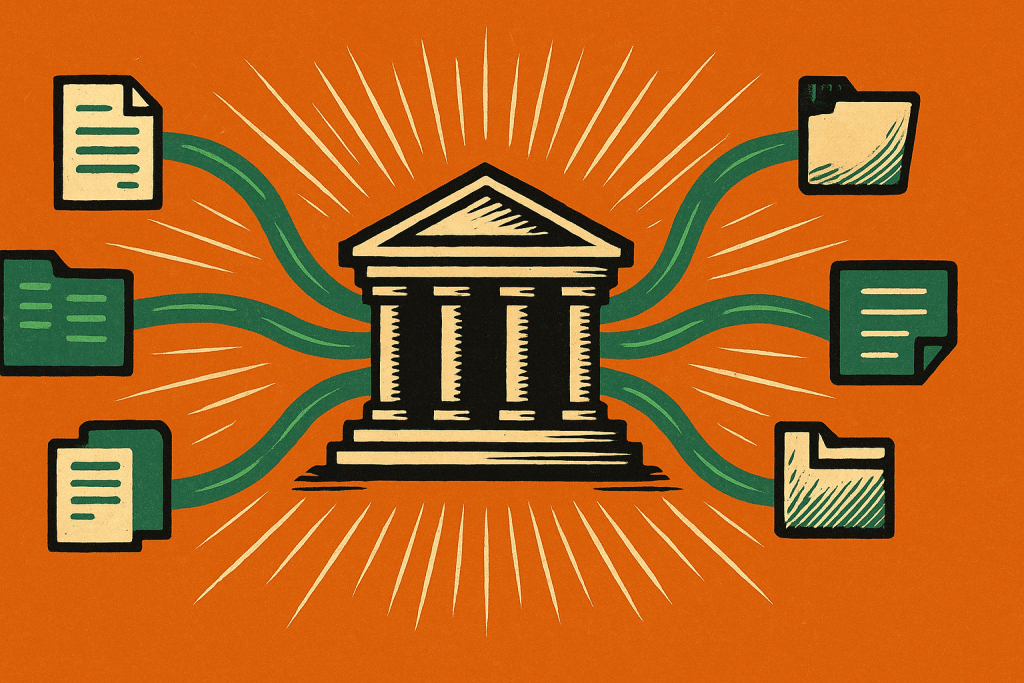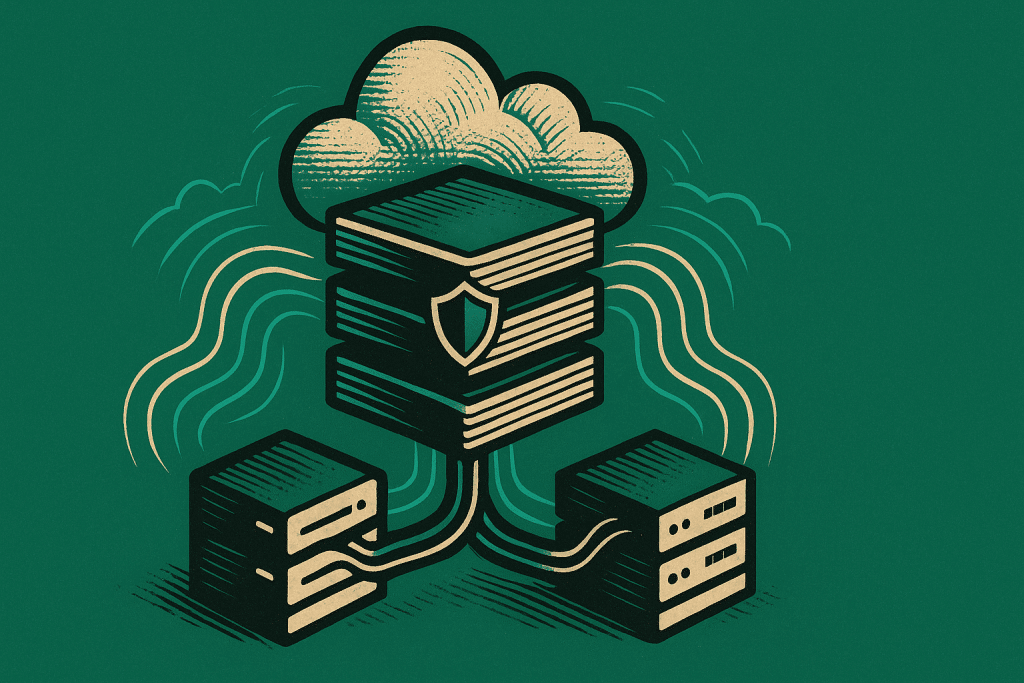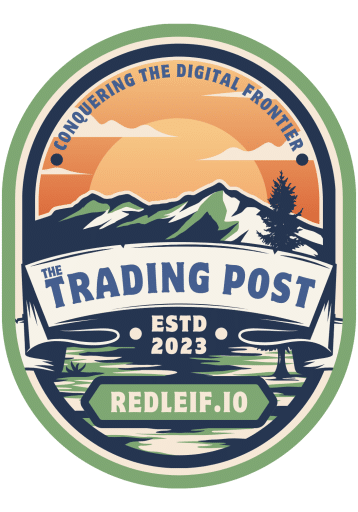Insight Topics
AI, Automation & Decision Support

- AI Readiness Assessment | Evaluations that help organizations prepare to use artificial intelligence.
- AI Risk Management | Tools to monitor and reduce risks from automated decision-making.
- Case Management with AI | Using smart tools to help manage service requests or benefits.
- Chatbots and Virtual Agents | Automated tools that answer questions or provide help online.
- Decision Support Systems | Technology that helps staff make informed choices based on data.
- Document Processing | Tools that read and sort forms or written information automatically.
- Ethical AI | Guidelines and checks to make sure artificial intelligence is used responsibly.
- Generative Artificial Intelligence (AI) | Tools that create content or answers using machine learning.
- Machine Learning Models | Tools that find patterns in data to help with decisions.
- Robotic Process Automation (RPA) | Software that automates simple, repetitive office tasks.
Compliance, Policy & Governance

- Criminal Justice Information Security (CJIS) | Rules for protecting sensitive police and law enforcement data.
- FedRAMP / StateRAMP | Cloud security frameworks for ensuring vendor compliance with government standards.
- Section 508 and Accessibility | Ensuring digital services are usable by people with disabilities.
Cybersecurity, Risk & Resilience

- Continuous Monitoring | Tools that constantly check systems for security problems.
- Cyber Awareness Training | Programs that teach staff how to recognize and avoid cybersecurity risks.
- Extended Detection and Response
- Firewalls and Network Security | Tools that protect networks by controlling what traffic is allowed in or out.
- Identity Threat Detection and Response (ITDR) | Tools that detect and respond to suspicious user behavior or stolen accounts.
- Incident Response and Recovery | Plans and tools to handle cyberattacks and restore systems quickly.
- Insider Threat Mitigation | Ways to detect and prevent risks that come from employees or contractors.
- Multi-Factor Authentication | A security method that requires more than just a password to log in.
- Penetration Testing | Tests where ethical hackers try to find weaknesses in your system before real attackers do.
- Risk and Compliance Platforms (GRC | Tools that help organizations meet rules and protect against threats.
- Secure Email Gateways | Systems that filter harmful or fake emails before they reach users.
- Security Operations Centers (SOC) | Dedicated teams and tools that monitor and respond to cybersecurity threats in real time.
- Threat Intelligence | Information about known cyber threats used to prevent and respond to attacks.
- Zero Trust Architecture | A security model that assumes no user or system is trusted by default, even inside the network.
Recent Insights
Data, Analytics & Interoperability

- Application Programming Interfaces (APIs) | Tools that let software systems share data and talk to each other.
- Consent Management Tools | Tracking when and how individuals give permission to use their information.
- Dashboards and Visualization | Tracking how well programs or services are working using data.
- Data Governance | Rules and tools that make sure data is accurate, safe, and used properly.
- Data Integration and Warehousing | Bringing together data from different places to use it in one system.
- Data Literacy Training | Teaching staff how to understand and use data effectively.
- Equity Indicators | Data used to measure fairness and equal access to services.
- Geospatial Data and Mapping (GIS) | Using maps and location data to understand trends and plan services.
- Master Data Management (MDM) | Making sure that core data like names and locations is consistent and correct.
- Open Data Platforms | Websites where governments share data with the public.
- Performance Management | Tracking how well programs or services are working using data.
- Predictive Analytics | Using data to forecast what might happen in the future.
- Privacy and De-Identification | Protecting personal information in data sets.
- Public Health and Safety Analytics | Using data to improve health, safety, and emergency services.
- Regional Data Exchanges | Platforms where cities or counties work together to share and use data.
- Survey Tools and Community Input | Gathering opinions and feedback from the public using surveys.
Infrastructure & Connectivity
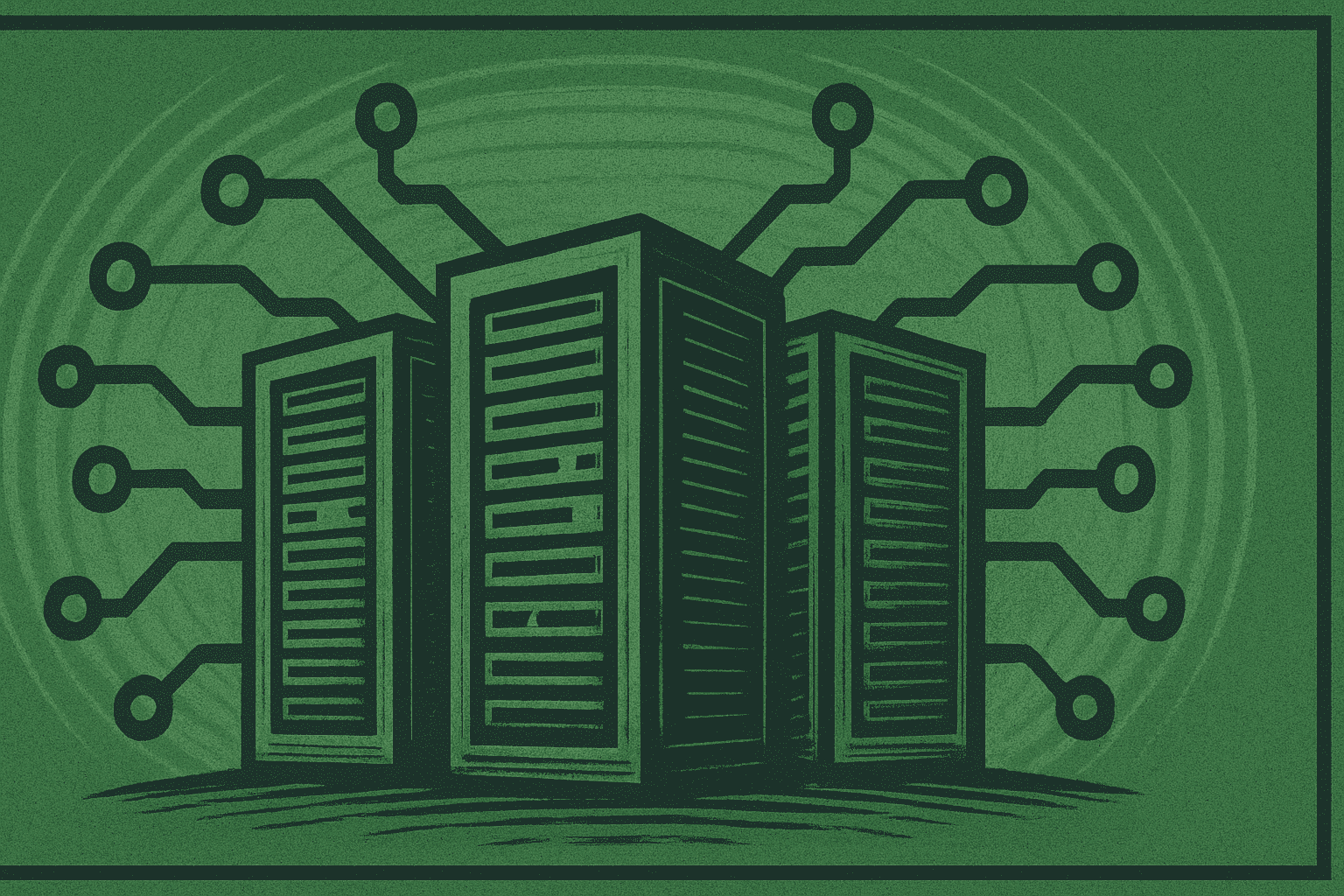
- Backup and Disaster Recovery (BDR) | Keeping copies of data so it can be restored after an emergency or failure.
- Broadband Expansion | Programs and tools to improve internet availability in underserved areas.
- Containerization and Orchestration | Packaging software so it runs the same anywhere, and tools that manage these packages.
- Edge Computing | Running services close to where data is created, instead of in a faraway data center.
- High Availability and Load Balancing | Making sure services stay online and traffic is evenly handled.
- Infrastructure as a Service (IaaS) and Platform as a Service (PaaS) | Renting computers or tools from a provider instead of running them yourself.
- Licensing and Capacity Planning | Figuring out how much hardware or software is needed and budgeting for it.
- Managing Multiple Cloud Providers | Coordinating services across different cloud companies.
- Modern Storage Systems | Updated ways to save, organize, and retrieve data safely and quickly.
- Optimizing Data Centers | Improving the efficiency and cost of buildings that store and run technology systems.
- Public, Private, and Hybrid Cloud | Ways to store and access data and services through the internet or internal systems.
- Virtual Private Networks (VPN) | Tools that let people work safely from outside the office.
- Virtualization and Remote Desktops (VDI) | Running multiple systems on one machine and accessing them from anywhere.
- Wide Area Networks | Connections that link multiple locations like offices, schools, or agencies.
Recent Insights
Integrated Solutions

Combining technologies, partners, and strategies to turn individual tools into connected, mission-driven solutions. Built with intention and aligned around shared goals, these collaborations show how coordination multiplies impact.
Procurement, Funding & Vendor Management

- American Rescue Plan Act (ARPA) Grants | Funding to support recovery-related technology investments.
- Contract Lifecycle Management (CLM) | Managing contracts through their full life cycle.
- Performance-Based Contracting | Contracts that reward vendors based on what they deliver.
- Public-Private Partnerships (P3s) | Collaborative models for shared investment and cost-sharing.
Workforce Empowerment

- Change Impact Analysis | Identifying which people, processes, and systems will be affected and to what extent.
- Organizational Readiness Assessment | Evaluations to determine how prepared staff and leadership are for upcoming changes.
- Policy & Process Alignment | Updating regulations, SOPs, or workflows to match the new way of working.
- Post-Implementation Support and Reinforcement | Follow-up activities to reinforce new behaviors and ensure long-term adoption.
- Stakeholder Engagement & Communication | Processes to identify, inform, and involve all affected parties during change initiatives.
- Training and Adoption Programs | Structured learning plans to ensure staff can effectively use new systems or processes.

